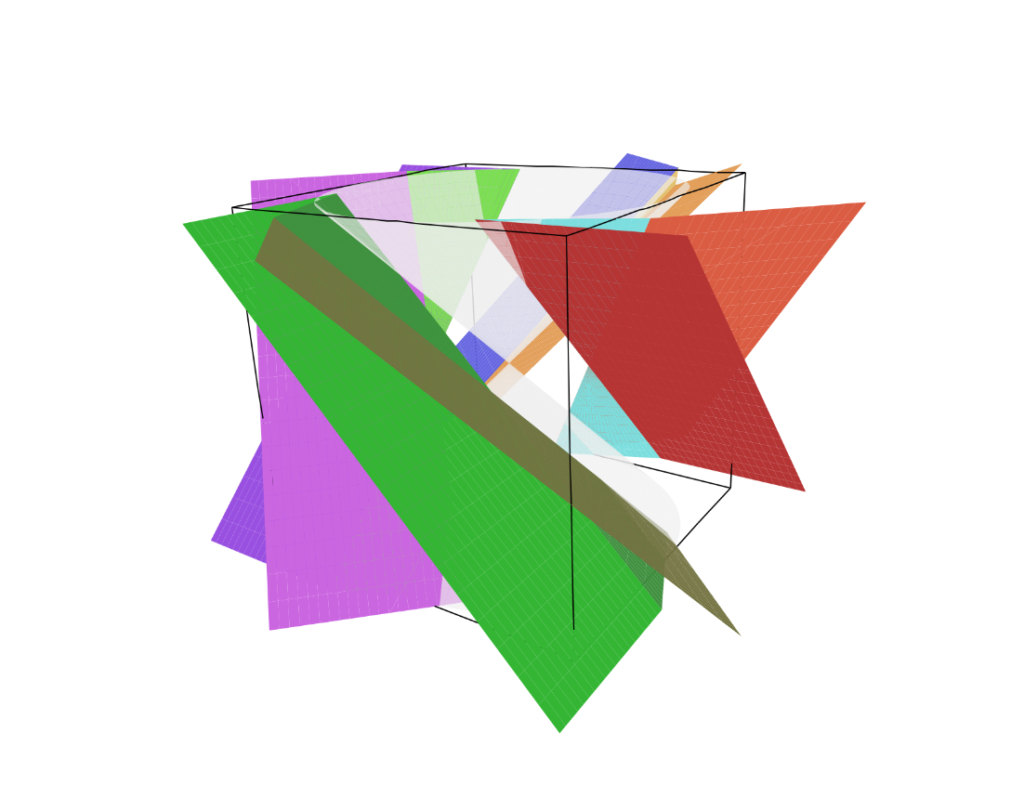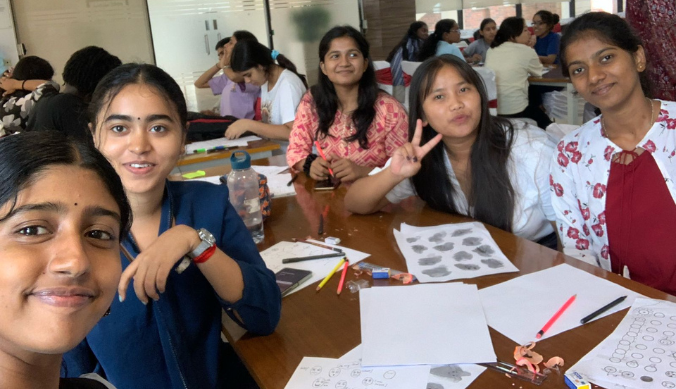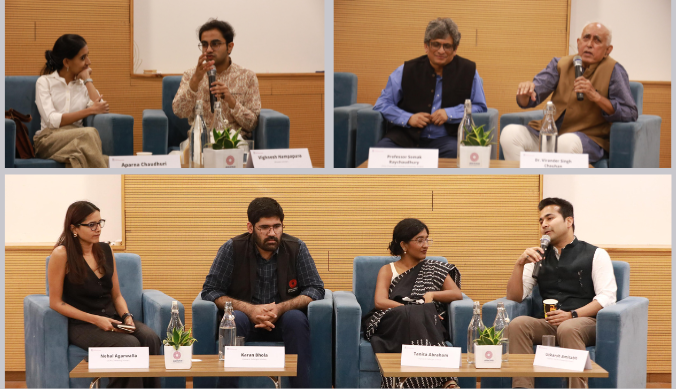Tiling Properly: Exploring Symmetry and Structure in Space
Dr. Sourav Ghosh, Assistant Professor of Mathematics at Ashoka University, explores how different ways of tiling spaces relate to higher-Teichmuller theory. This theory has applications in mathematics and theoretical physics for studying symmetries and geometric structures in higher dimensions.
We encounter different ways to tile a plane in our daily lives. The most common example is the tiling of a plane using squares. One can find similar examples of tilings by hexagons or triangles. It is natural to wonder about the number of “novel” ways one can tile a space using tiles of a particular shape. Each of these tilings remains unchanged under certain symmetries. For instance, if a plane is tiled with squares, shifting the entire arrangement by the length of the square’s side maintains the overall configuration. The collection of all such possible moves is called the symmetry group of the tiling.
In the 1980s, Margulis discovered surprising ways of tiling a space such that the symmetry group is as ‘large as possible.’ Meanwhile, Feynman, aiming to understand the behaviour of elementary particles, proposed his theory of path integrals. The collection of such paths is expected to form a Teichmuller space, though its details are yet to be ironed out. On the other hand, Teichmuller spaces can also be seen as particular instances of collections of proper tilings. In the 1990s, Hitchin conceptualized spaces that are higher analogues of Teichmuller spaces while trying to understand the solutions of equations which govern most fundamental forces of nature—namely the Yang-Mills equations. More recently, Labourie has proposed a more geometric description of such higher-Teichmuller spaces.
Inspired by the work of Labourie, an immediate goal of Sourav Ghosh, Assistant Professor of Mathematics at Ashoka University, is to understand proper tilings of spaces, developed using Margulis’ methods, in terms of eigenvalue gaps of matrices corresponding to the symmetry groups of the tilings. More broadly, his research aims to connect the study of space tilings to higher-Teichmuller theory.

In their study, Dr Ghosh and his team have classified a large class of proper tilings of spaces, which are obtained using Margulis’ method, in terms of eigenvalue data. More interestingly, they have shown that these proper tilings are essentially fully determined by a finite collection of eigenvalue data, comparable to how a triangle is determined by the length of its sides. They have also constructed a metric using the eigenvalue data to detect how different two tilings are from each other.
Higher-Teichmuller spaces are promising candidates for representing the collection of ‘Feynman paths’. Finding the ‘correct’ contender through experiments is challenging, as it requires technological advancements not yet achieved. However, as Arnold once quipped, “Mathematics is the part of physics where experiments are cheap.” Where all else fails, the rigour of Mathematics yields a way forward. Dr. Ghosh’s work contributes to this effort by enhancing the understanding of higher-Teichmuller spaces.
Study at Ashoka















